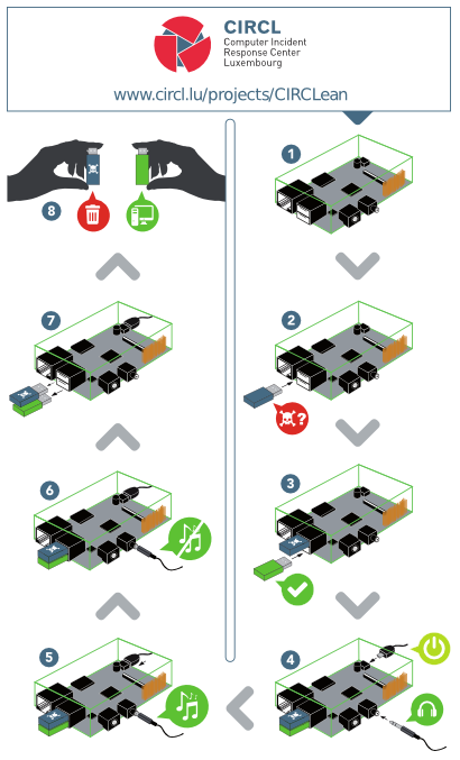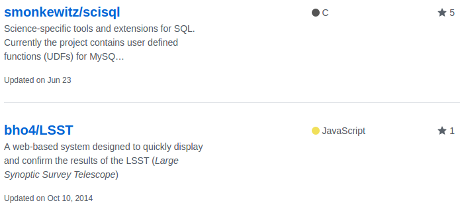Introducing KSQL: Open Source Streaming SQL for Apache Kafka by Neha Narkhede.
From the post:
I’m really excited to announce KSQL, a streaming SQL engine for Apache Kafka™. KSQL lowers the entry bar to the world of stream processing, providing a simple and completely interactive SQL interface for processing data in Kafka. You no longer need to write code in a programming language such as Java or Python! KSQL is open-source (Apache 2.0 licensed), distributed, scalable, reliable, and real-time. It supports a wide range of powerful stream processing operations including aggregations, joins, windowing, sessionization, and much more.
…
What does it even mean to query streaming data, and how does this compare to a SQL database?
Well, it’s actually quite different to a SQL database. Most databases are used for doing on-demand lookups and modifications to stored data. KSQL doesn’t do lookups (yet), what it does do is continuous transformations— that is, stream processing. For example, imagine that I have a stream of clicks from users and a table of account information about those users being continuously updated. KSQL allows me to model this stream of clicks, and table of users, and join the two together. Even though one of those two things is infinite.
So what KSQL runs are continuous queries — transformations that run continuously as new data passes through them — on streams of data in Kafka topics. In contrast, queries over a relational database are one-time queries — run once to completion over a data set—as in a SELECT statement on finite rows in a database.
… (emphasis in original)
And if that wasn’t tempting enough:
…
3. Online data integration
CREATE STREAM vip_users AS SELECT userid, page, action FROM clickstream c LEFT JOIN users u ON c.userid = u.user_id WHERE u.level = 'Platinum';
Much of the data processing done in companies falls in the domain of data enrichment: take data coming out of several databases, transform it, join it together, and store it into a key-value store, search index, cache, or other data serving system. For a long time, ETL — Extract, Transform, and Load — for data integration was performed as periodic batch jobs. For example, dump the raw data in real time, and then transform it every few hours to enable efficient queries. For many use cases, this delay is unacceptable. KSQL, when used with Kafka connectors, enables a move from batch data integration to online data integration. You can enrich streams of data with metadata stored in tables using stream-table joins, or do simple filtering of PII (personally identifiable information) data before loading the stream into another system.…
Imagine adding subject identity information to subjects in your incoming stream and merging those subjects in a stream.
Any view of your topic map will be as of #time-mark and not a static file.
Enjoy!







